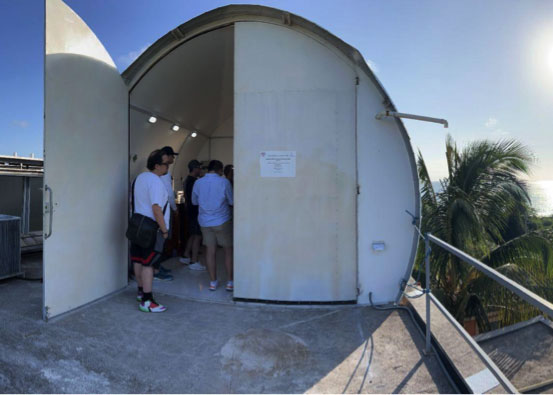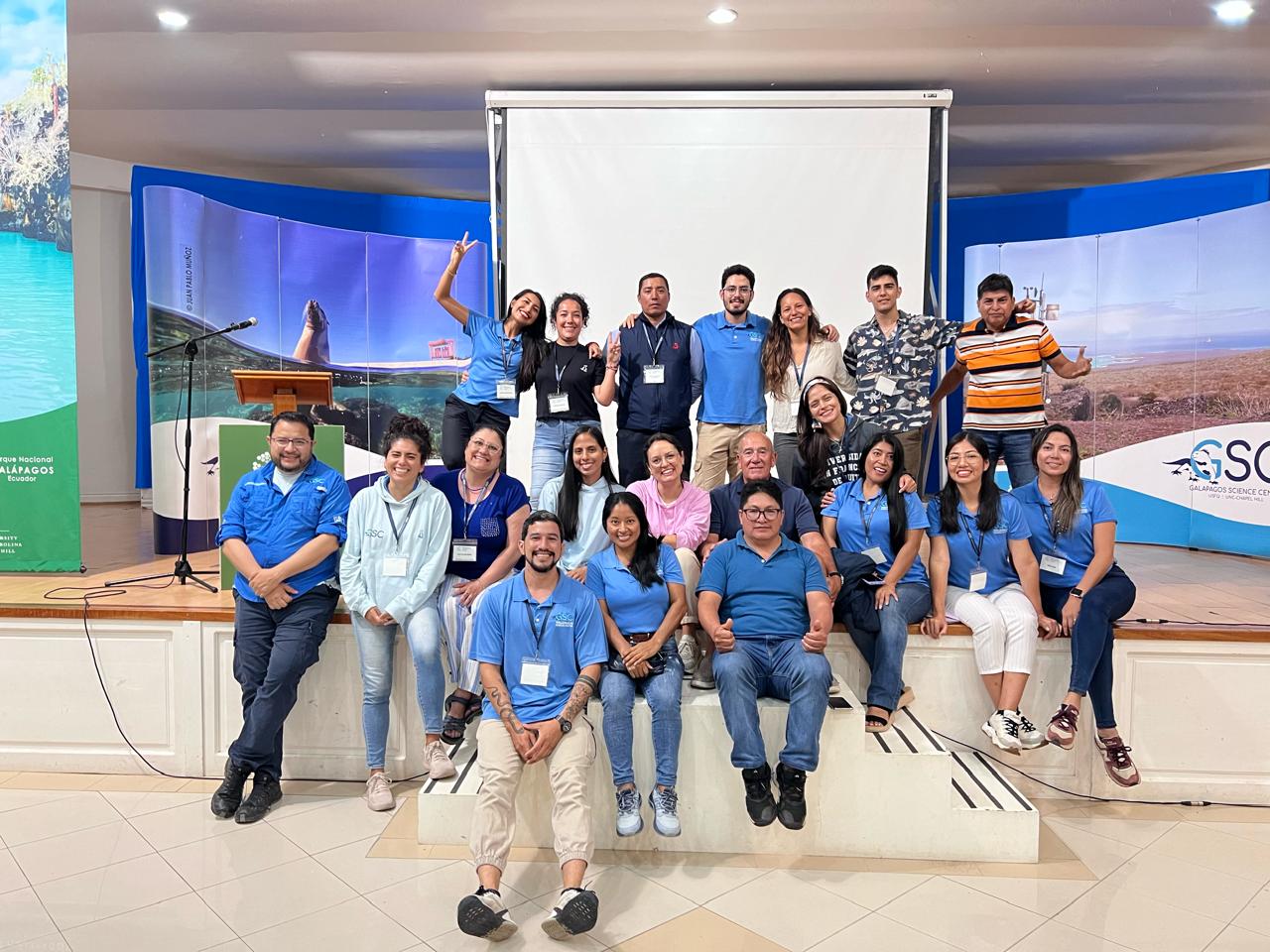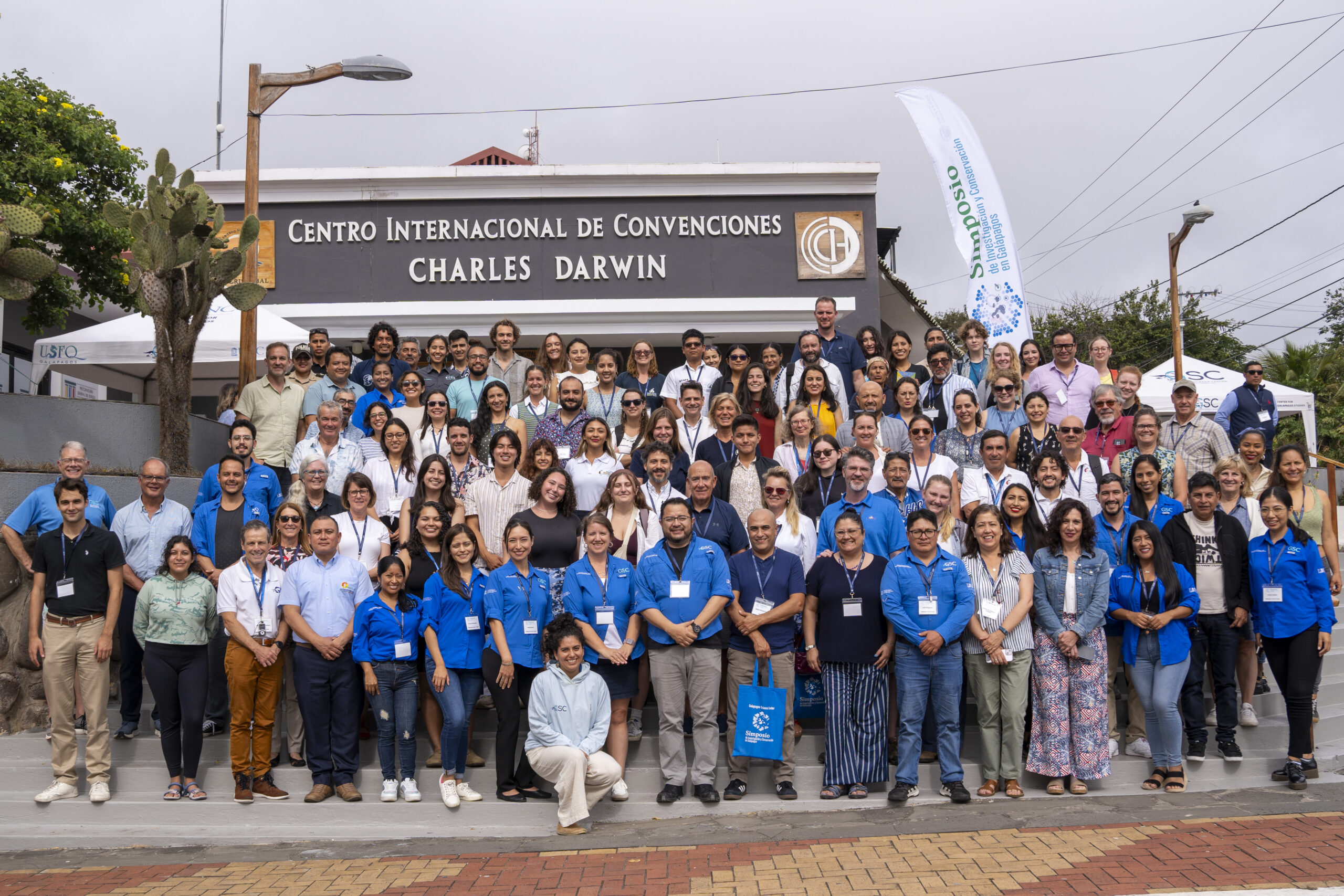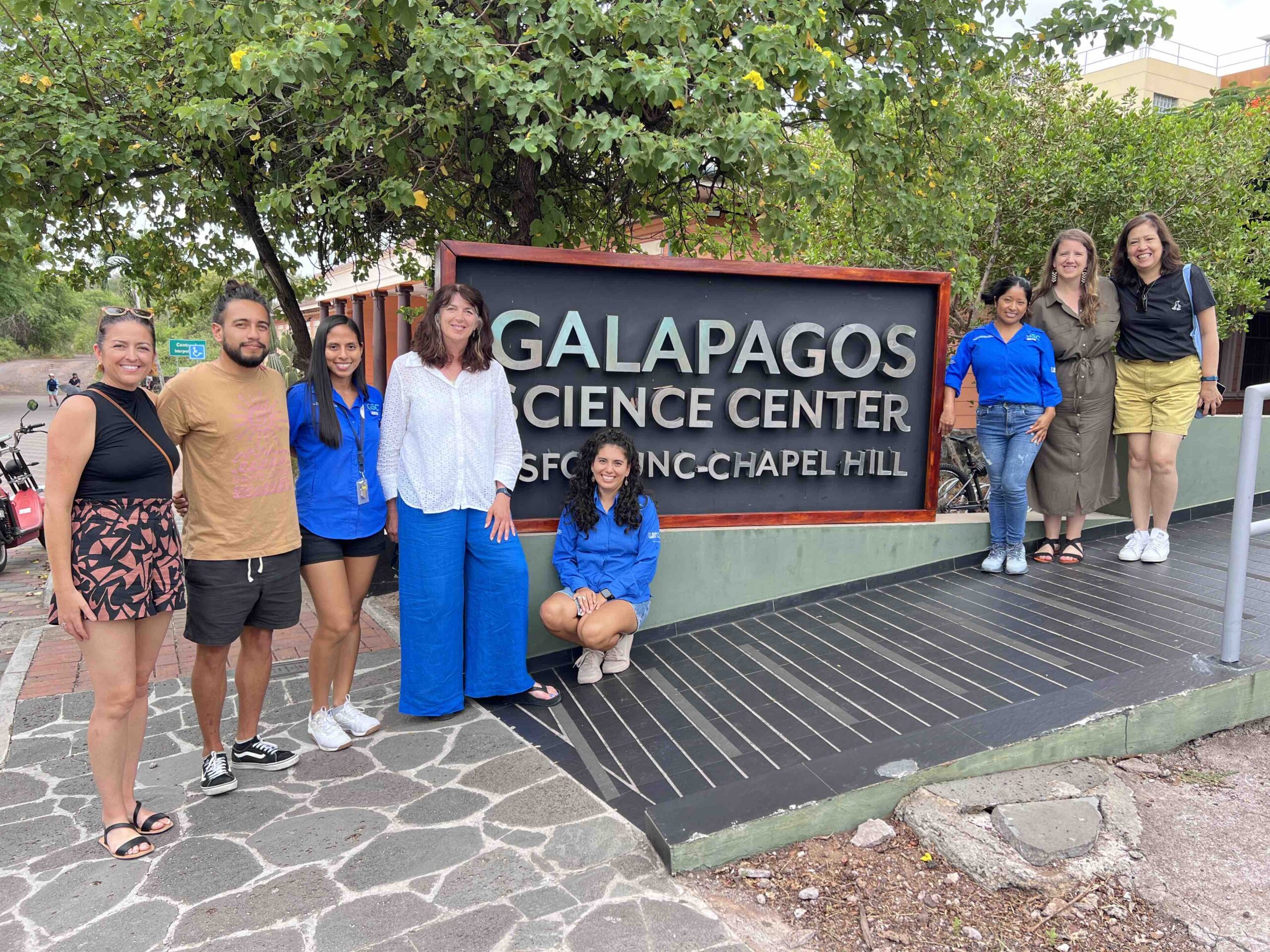Atmospheric Measurement Station
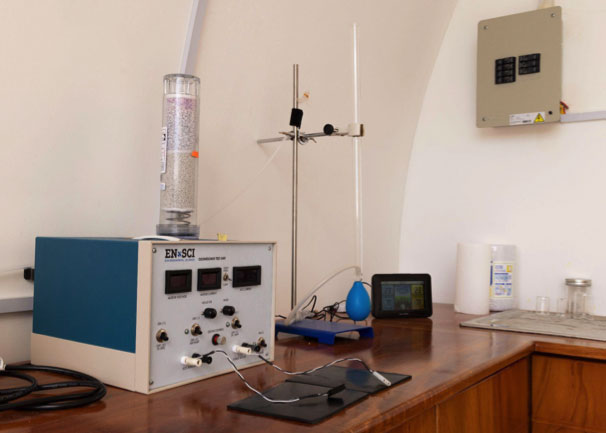
Dr. María del Carmen Cazorla is a professor and researcher at USFQ, and also the principal investigator of this project in Ecuador. “Climate change is a problem of rapid change in atmospheric composition. One of the key constituents of this composition is ozone, since its abundance throughout the atmospheric column affects the energy balance on the planet. Thus, tropospheric ozone, in addition to being an air pollutant, is one of the so-called short-lived climate forcing agents,” says María del Carmen.
The ozone layer is important for the planet because it protects us from ultraviolet radiation. Therefore, it is not uncommon to hear that without the ozone layer, life would not be possible on Earth.
María del Carmen also added that, “The stratosphere plays a predominant role because it absorbs ultraviolet energy. For this reason, in situ monitoring of both the stratosphere and the troposphere through ozone soundings is a first-hand tool for understanding changes in ozone levels and, therefore, their impact on climate. Ozone data from surveys around the globe help feed back into satellite measurements, which are crucial in observing our planet and its climate.”
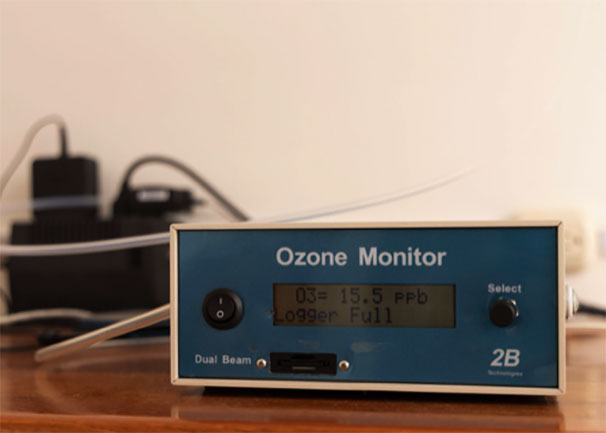
The project is in its second year of monitoring, which has been of great help in creating the database with climate projections. These results allow us to understand the region according to changes in atmospheric composition, from the Andes to the Galapagos Islands.
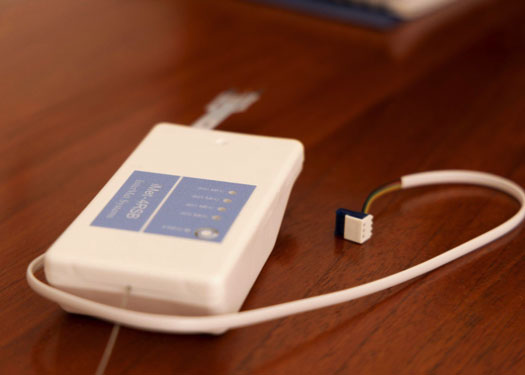
The realization of the project will not only increase the data and understanding of the ozone layer but also contribute to the validation of satellite data.
Learn more about the work of the Institute of Atmospheric Research IIA USFQ on its website: http://iia.usfq.edu.ec
Visit the USFQ public repository where you will find the project data: https://observaciones-iia.usfq.edu.ec/
Also, find out more about the NASA SHADOZ Network at: https://tropo.gsfc.nasa.gov/shadoz/
If you want to know more about the project, here are some articles and papers of interest:
An ozonesonde evaluation of spaceborne observations in the Andean tropics. https://www.nature.com/articles/s41598-022-20303-7.pdf
Ozone structure over the equatorial Andes from balloon-borne observations and zonal connection with two tropical sea level sites. Ozone structure over the equatorial Andes from balloon-borne observations and zonal connection with two tropical sea level sites | SpringerLink
Characterizing ozone throughout the atmospheric column over the tropical Andes from in situ and remote sensing observations. Characterizing ozone throughout the atmospheric column over the tropical Andes from in situ and remote sensing observations | Elementa: Science of the Anthropocene | University of California Press (ucpress.edu)
Air quality in the Galapagos Islands: A baseline view from remote sensing and in situ measurements. Air quality in the Galapagos Islands: A baseline view from remote sensing and in situ measurements – Cazorla – 2020 – Meteorological Applications – Wiley Online Library
Interview with María del Carmen. https://www.planv.com.ec/historias/perfiles/maria-del-carmen-cazorla-mas-mujeres-la-ciencia

